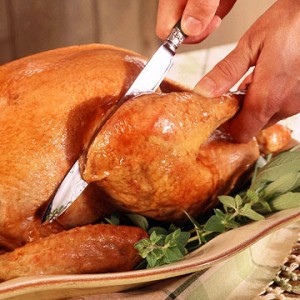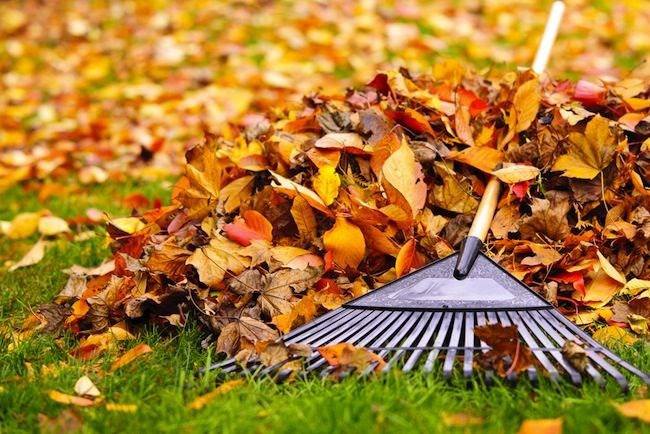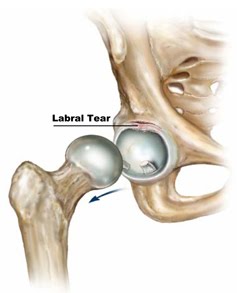 Thanksgiving is just around the corner and almost everyone is planning a big feast, strategizing for the family football rematch, watching the Macy’s Day parade and of course, NFL football on TV.
Thanksgiving is just around the corner and almost everyone is planning a big feast, strategizing for the family football rematch, watching the Macy’s Day parade and of course, NFL football on TV.
With all these things going on in one day, there is no bigger star than the Thanksgiving turkey as it is paraded from the kitchen into the dining room where someone will be carving the revered bird. This holiday season, Orthopedic Specialists would like to caution all the carvers out there as they carve the main course and not their hands.
People sustain hand injuries during Thanksgiving and the entire holiday season. When friends and family are watching you as you carve the turkey, you may feel a little overwhelmed, so focus; don’t let your turkey day celebrations go fowl this year because of a hand injury.
Safety Tips for Thanksgiving Feast
Follow these easy tips and get your bird on the table in time so guests can start gobbling:
- Never cut towards yourself. One slip of the knife can cause a horrific injury. While carving a turkey or cutting a pumpkin your free hand should be placed opposite the side you are carving towards. Don’t place your hand underneath the blade to catch the slice of meat.
- Keep your cutting area well-lit and dry. Good lighting will help prevent an accidental cut of the finger and making sure your cutting surface is dry will prevent ingredients from slipping while chopping.
- Keep your knife handles dry. A wet handle can prove slippery and cause your hand to slip down onto the blade resulting in a nasty cut.
- Keep all cutting utensils sharp. A sharp knife will never need to be forced to cut, chop, carve or slice. A knife too dull to cut properly is still sharp enough to cause an injury.
- Use an electric knife to ease the carving of the turkey or ham.
- Use kitchen sheers to tackle the job of cutting bones and joints.
- Leave meat and pumpkin carving to the adults. Children have not yet developed the dexterity skills necessary to safely handle sharp utensils.
- Lastly, should you cut your finger or hand, bleeding from minor cuts will often stop on their own by applying direct pressure to the wound with a clean cloth.
Visit an emergency room or a hand surgeon if:
- Continuous pressure does not stop the bleeding after 15 minutes
- You notice persistent numbness or tingling in the fingertip
- You are unsure of your tetanus immunization status
- You are unable to thoroughly cleanse the wound by rinsing with a mild soap and plenty of clean water
Dr. Weil states, “I often see patients whose holiday season has been ruined by an accident in the kitchen. The most common kitchen injuries that I treat are lacerations. Lacerations sustained while carving pumpkins, turkeys, and other holiday fare can be quite serious. These injuries can include cut nerves, arteries and tendons. These types of injuries require immediate surgical management to restore function. Treatment can include microscope assisted nerve repairs, artery repairs, and tendon repairs. If you sustain a laceration where you lose sensation to your finger or hand or are unable to bend your finger please seek medical treatment immediately.”
These simple tips will help you enjoy that bird and the rest of your holiday season. If you would like more information on specialty care of the hand, call Orthopedic Specialists and make an appointment with one of our expert, orthopedic doctors at (206) 633-8100.


